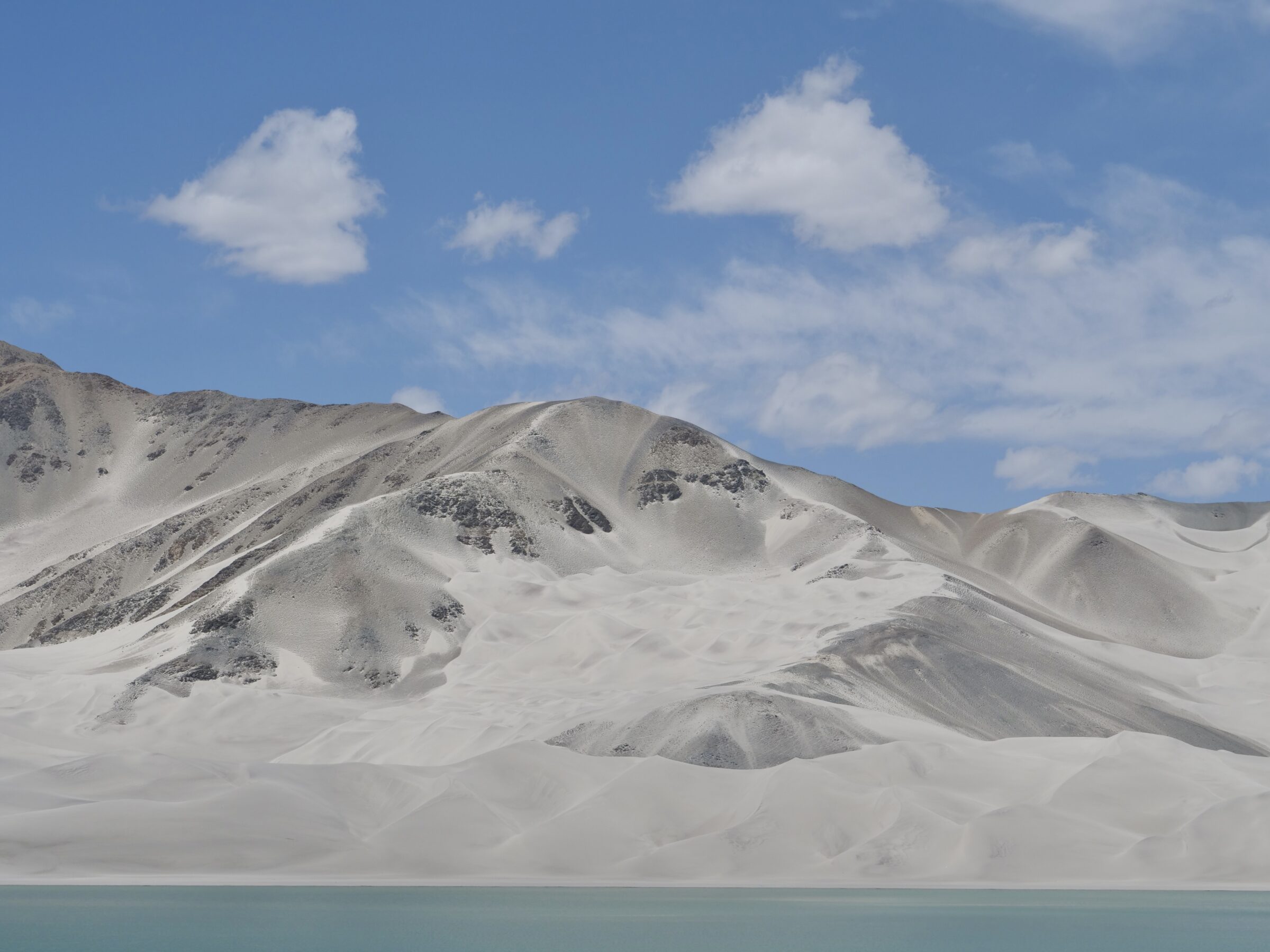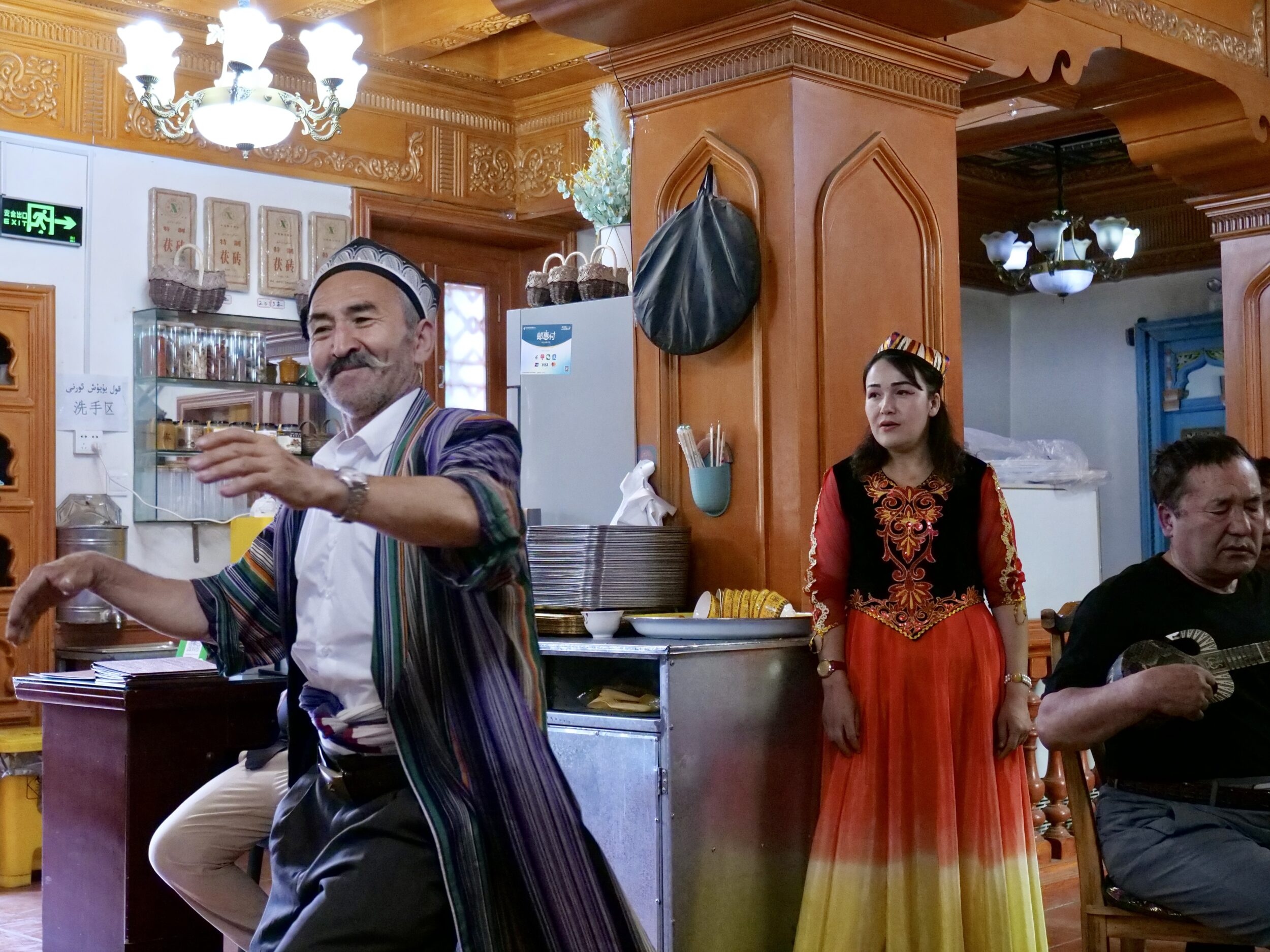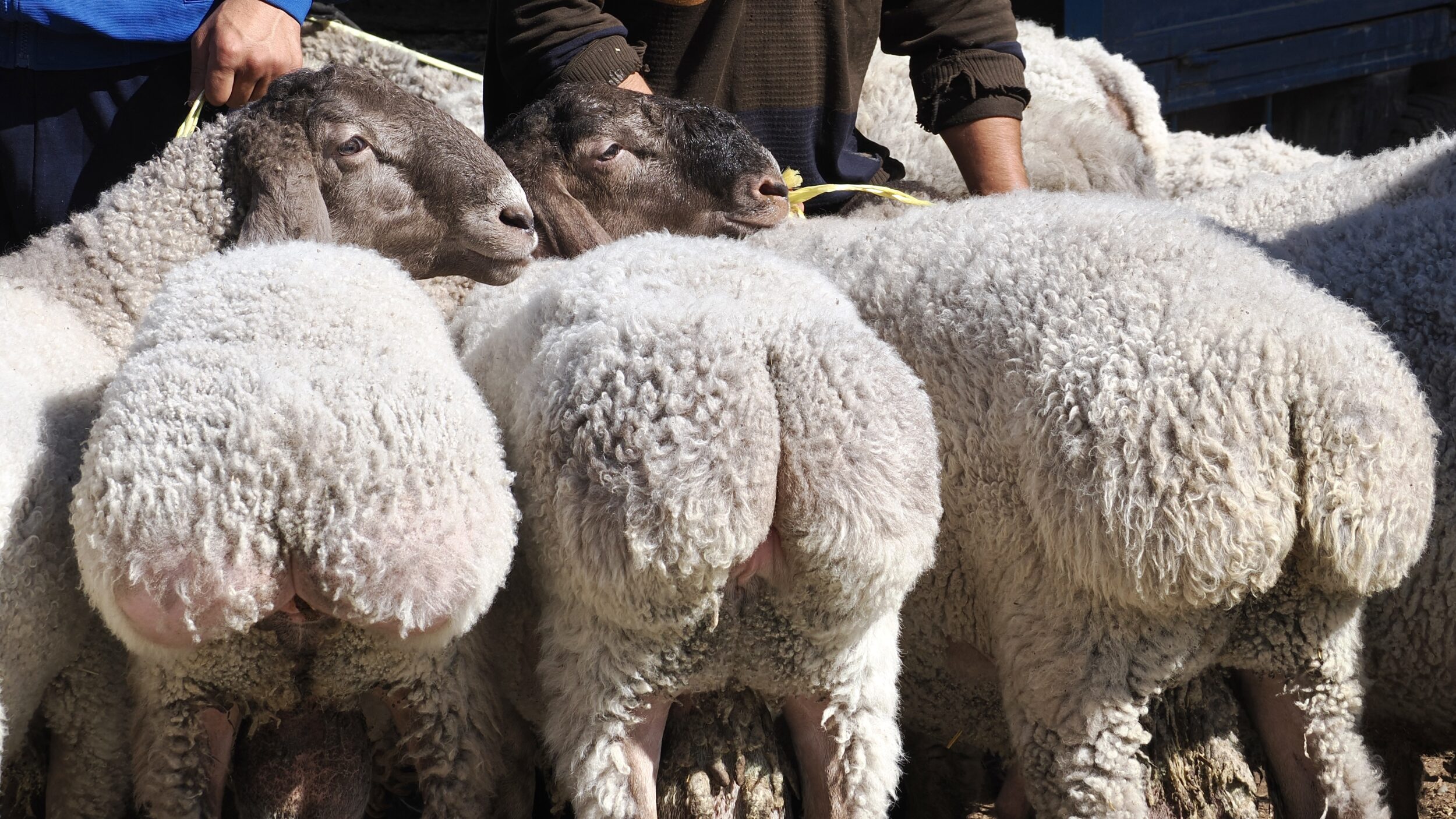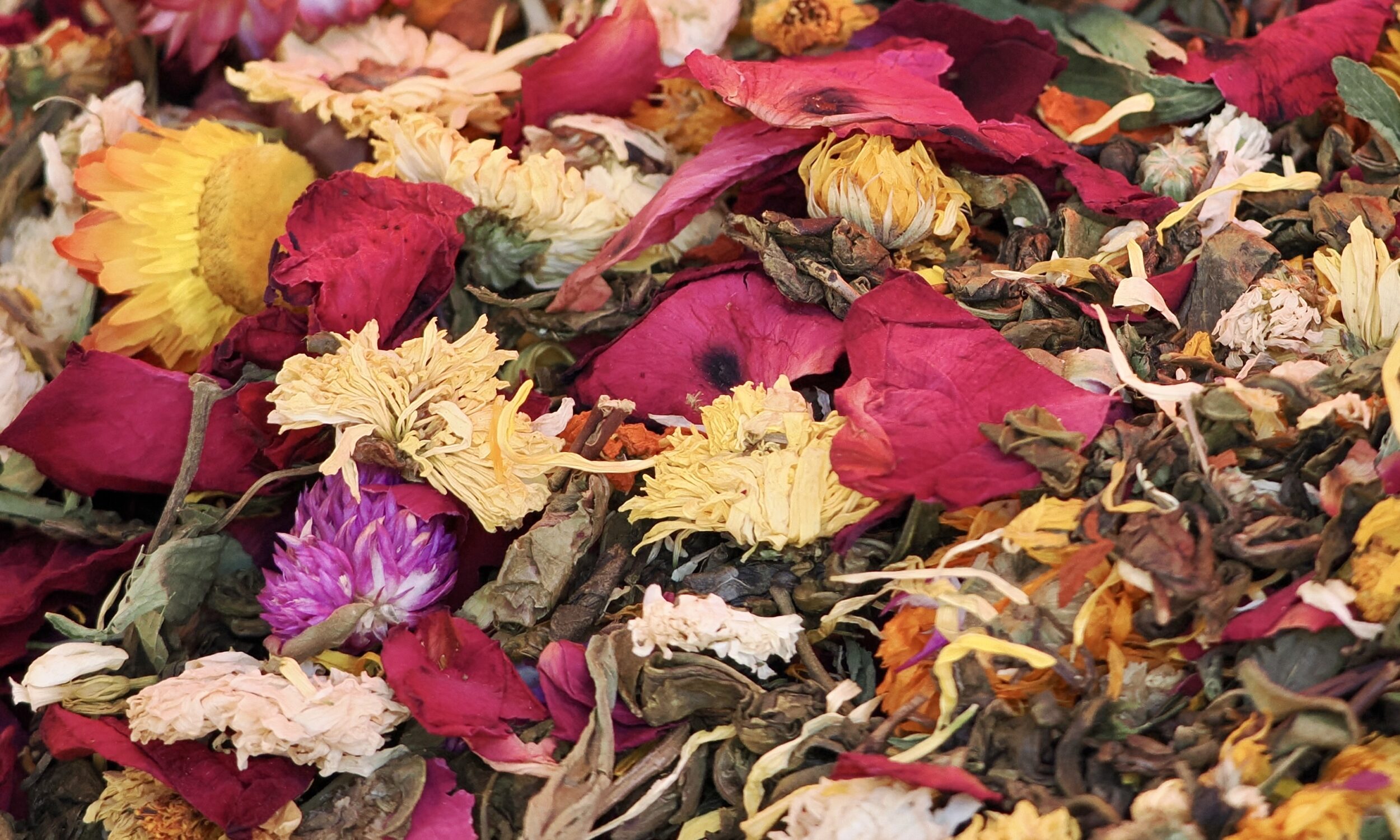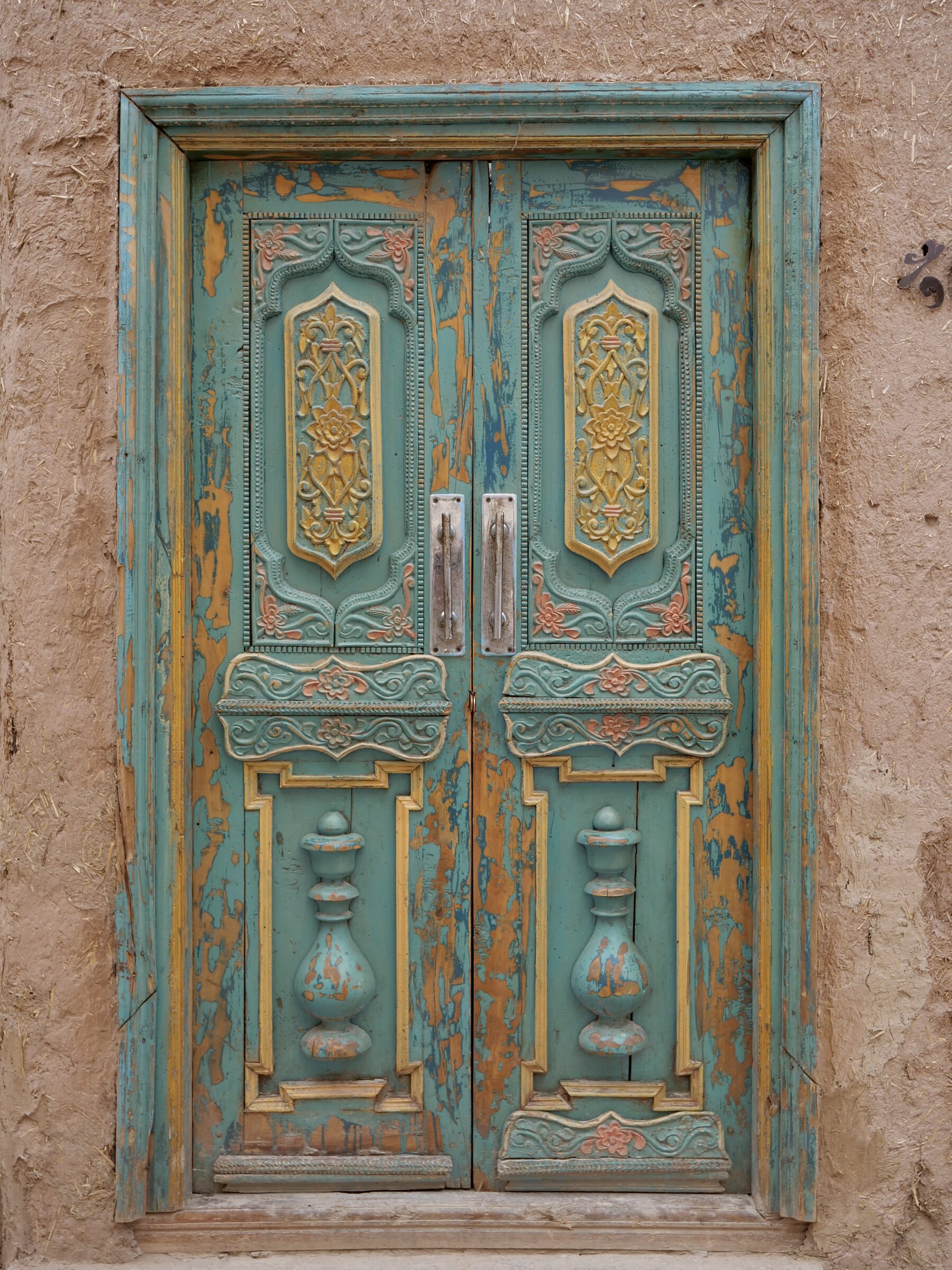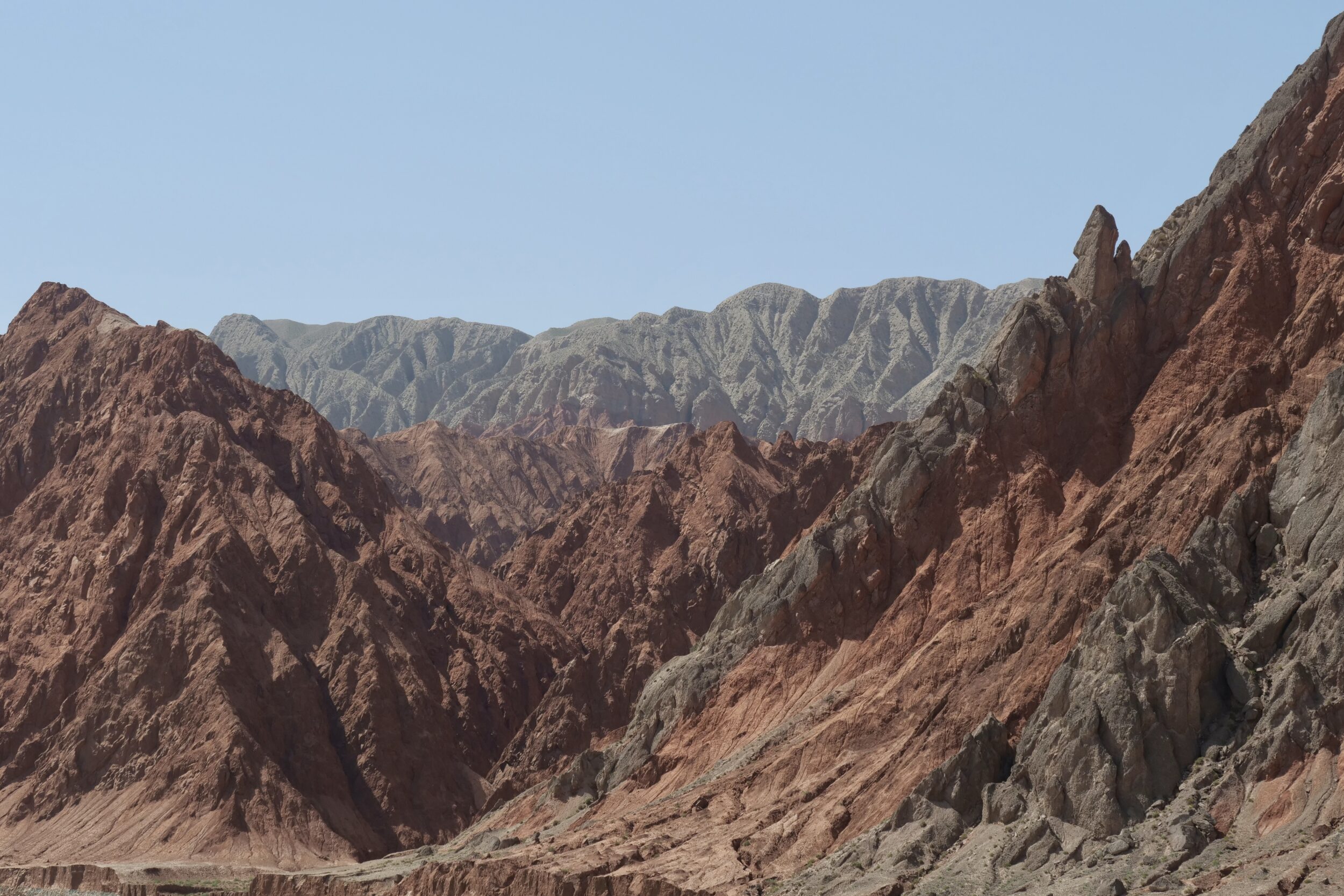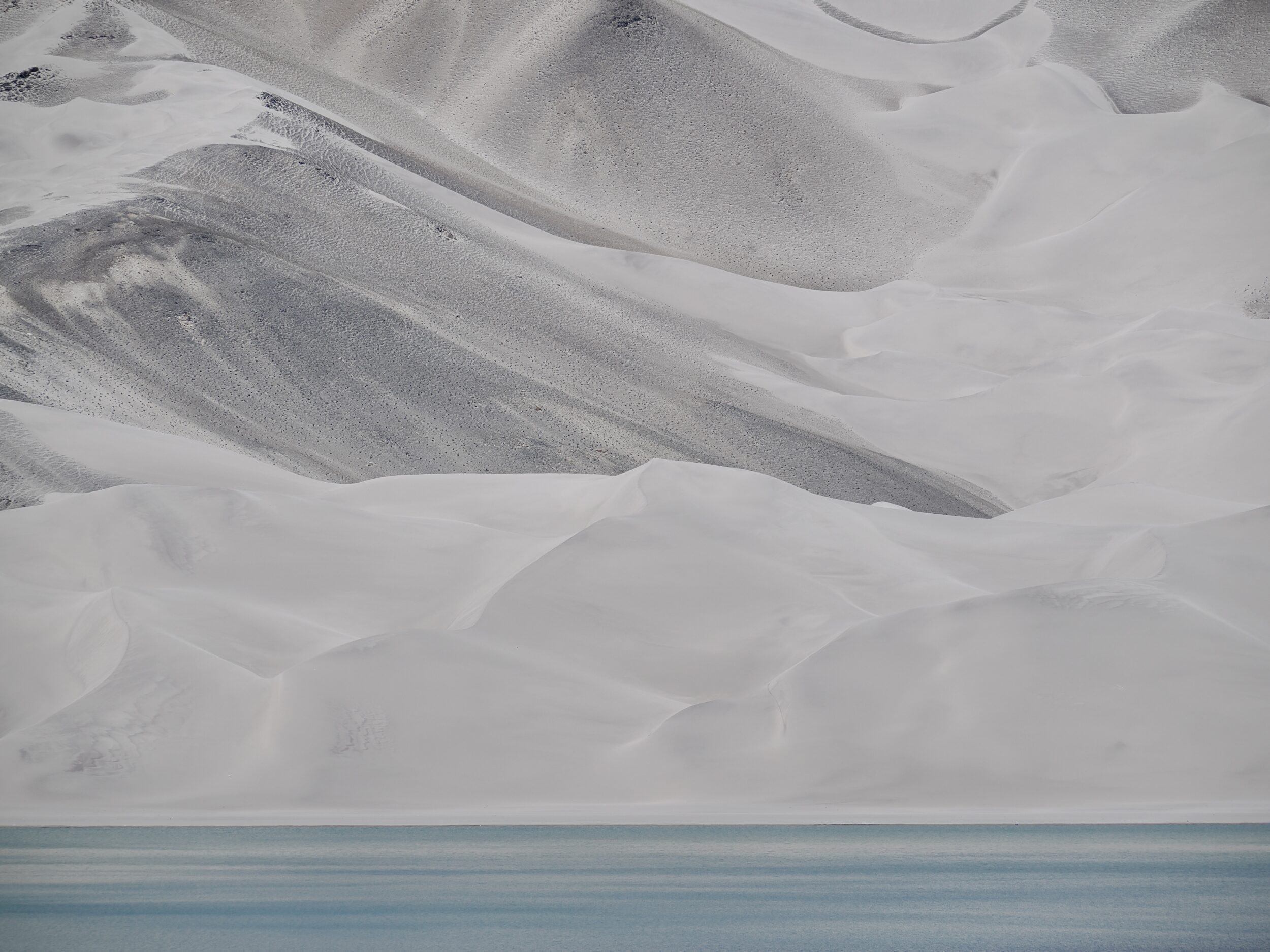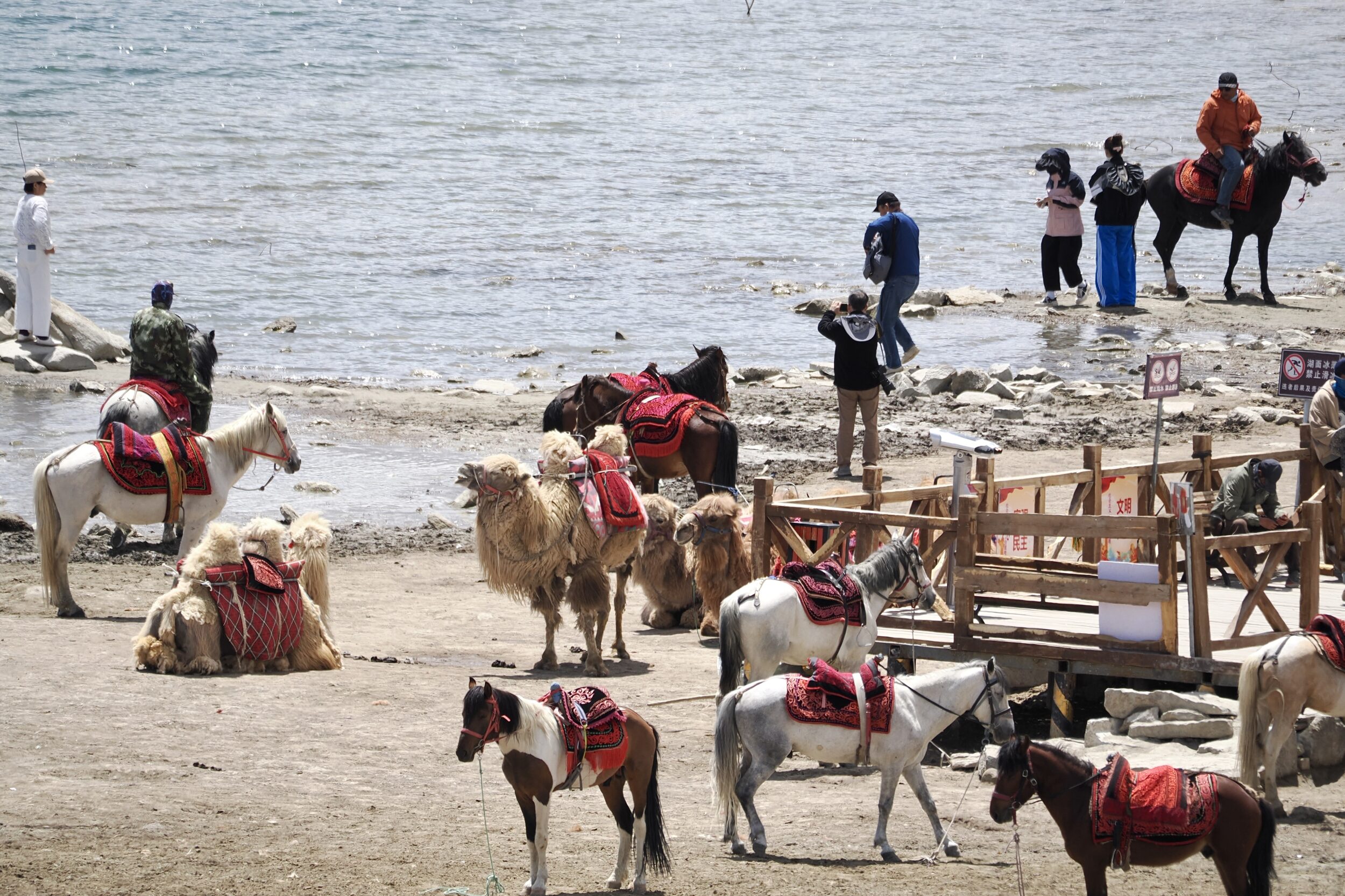“White Sand Lake” is the most common (in English) of many and various names applied to this particular lake and/or its dunes or “dune mountain/s”.
To my knowledge, nowhere else on “our” planet is quite like it.
The alleged altitude of this Chinese lake’s surface is also “many and various”, but it appears to be at least 3,300 metres – approximately 11,000 feet – above sea level.
It sits right beside/below the Karakoram Highway, about 150 kilometres southwest of Kashgar (aka “Kashi”) in Xinjiang,
Comments closed